Stay In the Hoop
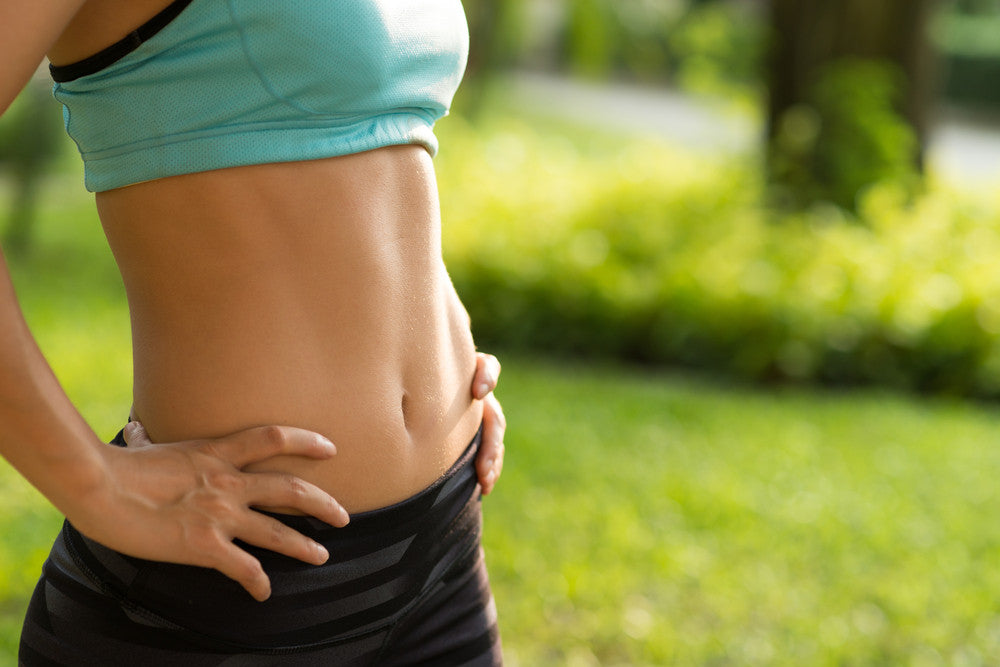
10 Hula Hoop Exercises to Get Killer Abs
These days, the hula hoop is so much more than mere child’s play. This toy from your childhood memories is now one of the hottest workout trends! Hula exercise is said to tighten your abs and trim...
Read more
The Next Heath Craze: Get Rid of Chemicals for Your Body
Toxins hide everywhere, even in places you’d least expect. Water and food can carry toxins. The air we breathe can carry toxins. Our own bodies might be storing toxins we ingest or inhale. Th...
Read more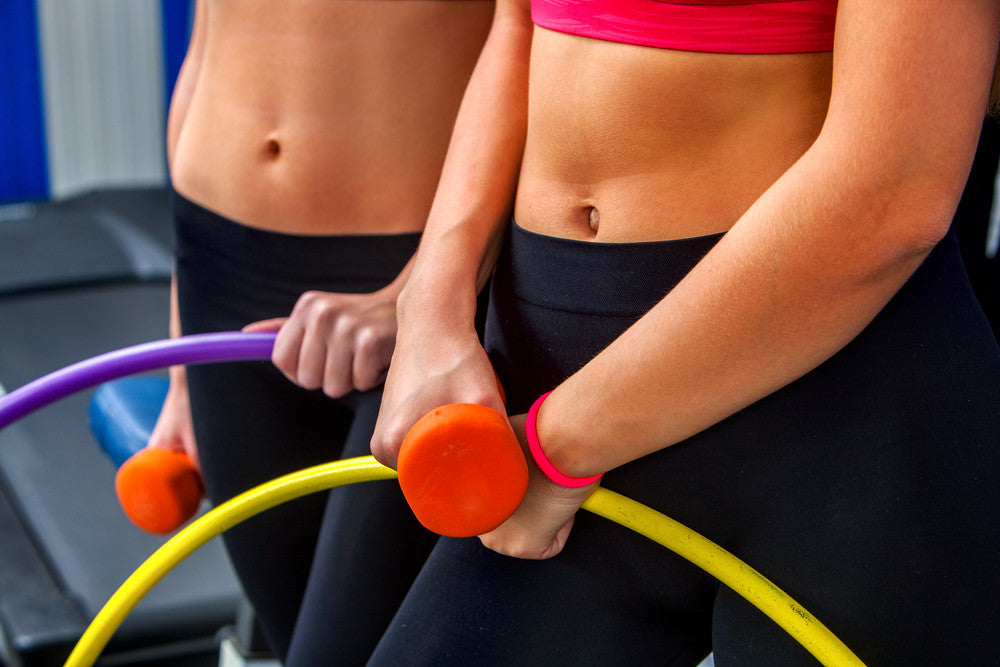
Here's a Belly Fat Burner Workout that WORKS!
Exercise keeps us healthy, improves our mood, and makes us look great and feel confident. But sometimes, the exercises we do might not be delivering the benefits we want. When that happens, we ca...
Read more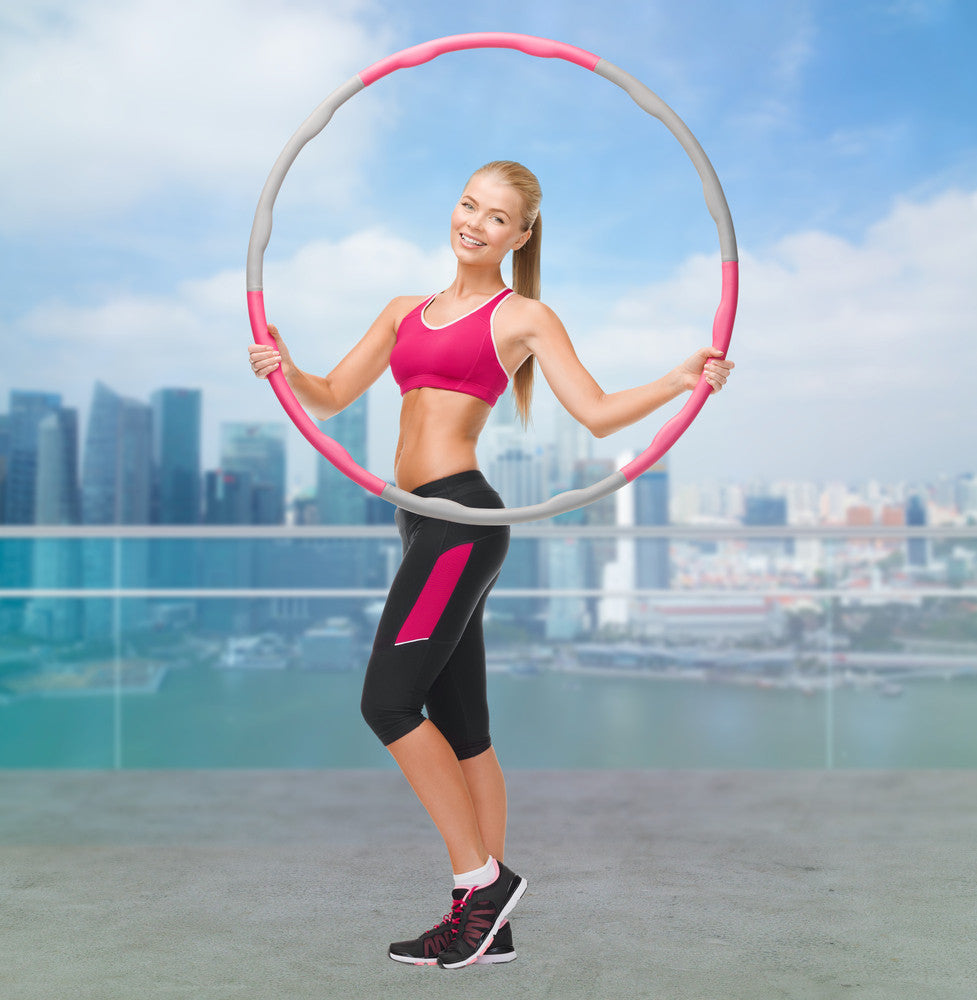
Where to Find Exercise Hula Hoops for Sale Online: A Buying Guide
In general hula loops have been stigmatized and primarily utilized as a fun toy for the youngsters. More adults are beginning to understand that hula hoops are an amazing tool for physical wellnes...
Read more
How Much Are Hula Hoops: A Price Guide Comparison
Over the years, there have been a lot of famous fitness trends. From trail running to P90X, these workout routines have seen great surges in popularity--and if you’re like me, you’ve tried them al...
Read more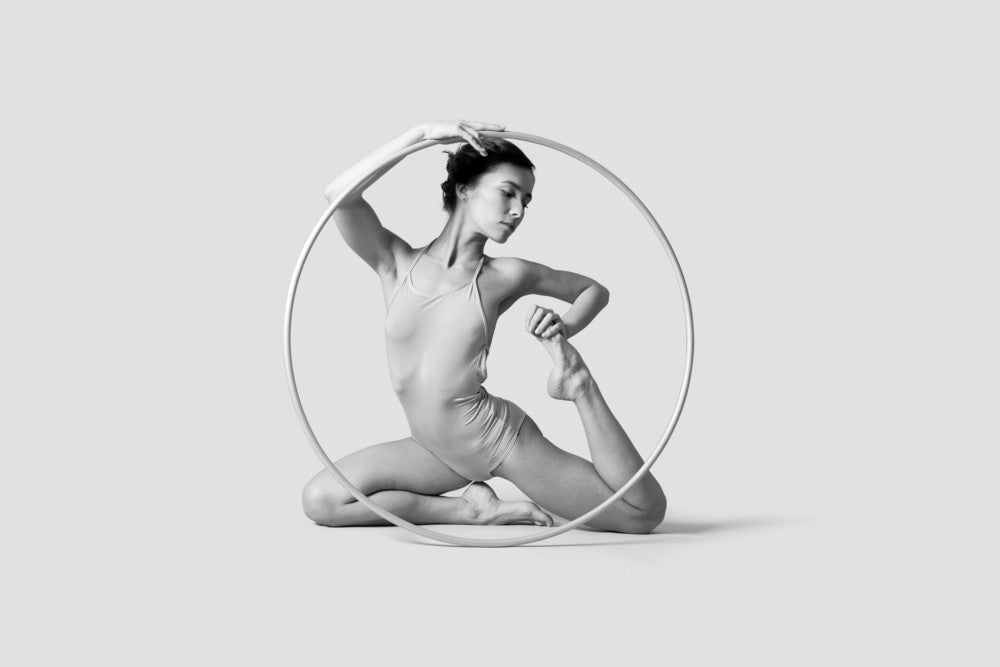
Check Out These Amazing Professional Hula Hoops Dance Routines!
When hula hoops took the nation by storm in the 1950s, did anyone expect for them to become a feat of performance art and rhythmic gymnastics? Did the creators of the hula hoop predict that there...
Read more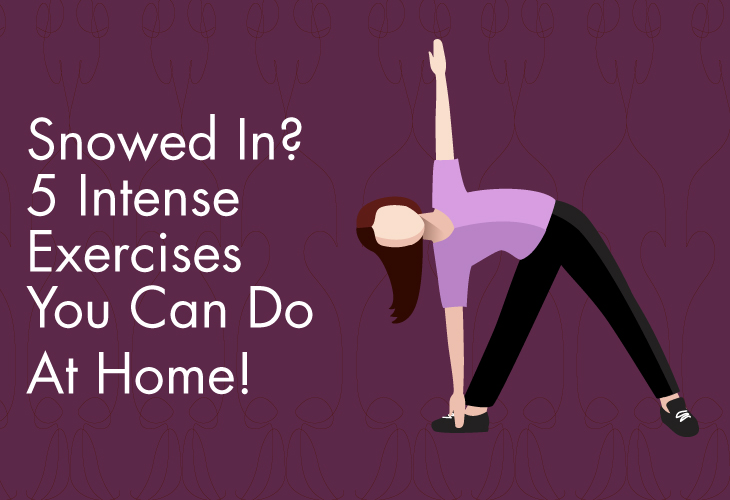
Snowed In? 5 Intense Exercises You Can Do At Home!
It’s that time of year -- where the days are short and cold, and the holiday weight is weighing heavy on you (literally). But how can you maintain an exercise regime if it’s just too cold to leave...
Read more
How Hooping for Fitness is the New Exercise Craze!
In an interview with Self Magazine, Kelly Osbourne revealed the fitness journey that helped her lose and keep off 70 pounds. Her exercise secret? Hula hooping! Osbourne told Self that she uses a H...
Read more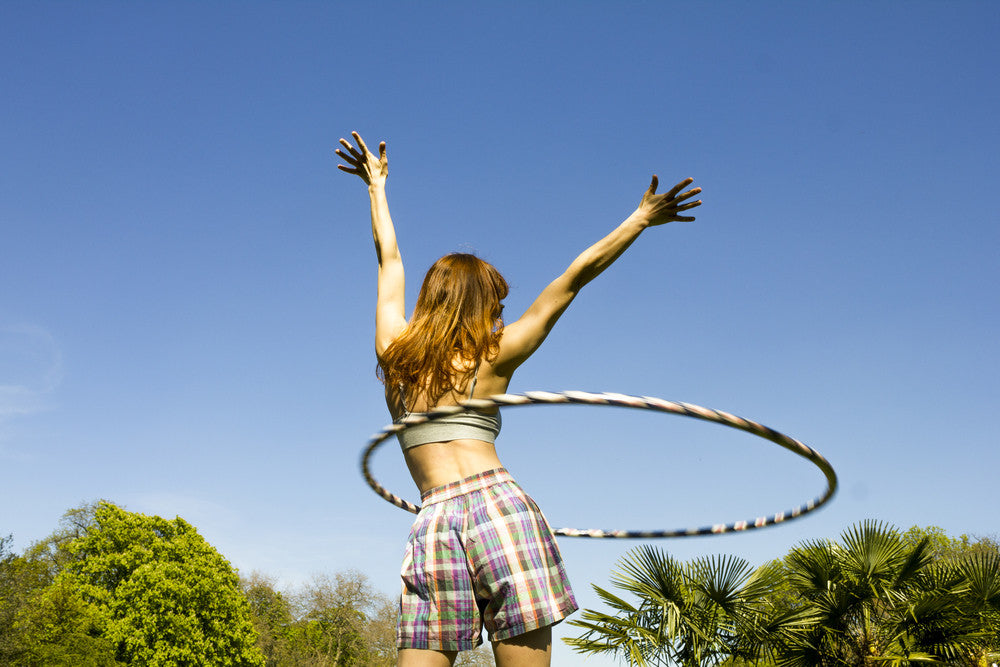
Where Can I Buy Hula Hoops for Adults?
Hula hoops burst onto the toy scene in 1958, and since then generations have been wild about them. Who wouldn’t be? These colorful plastic hoops can be used for dancing, performance art, or simply...
Read more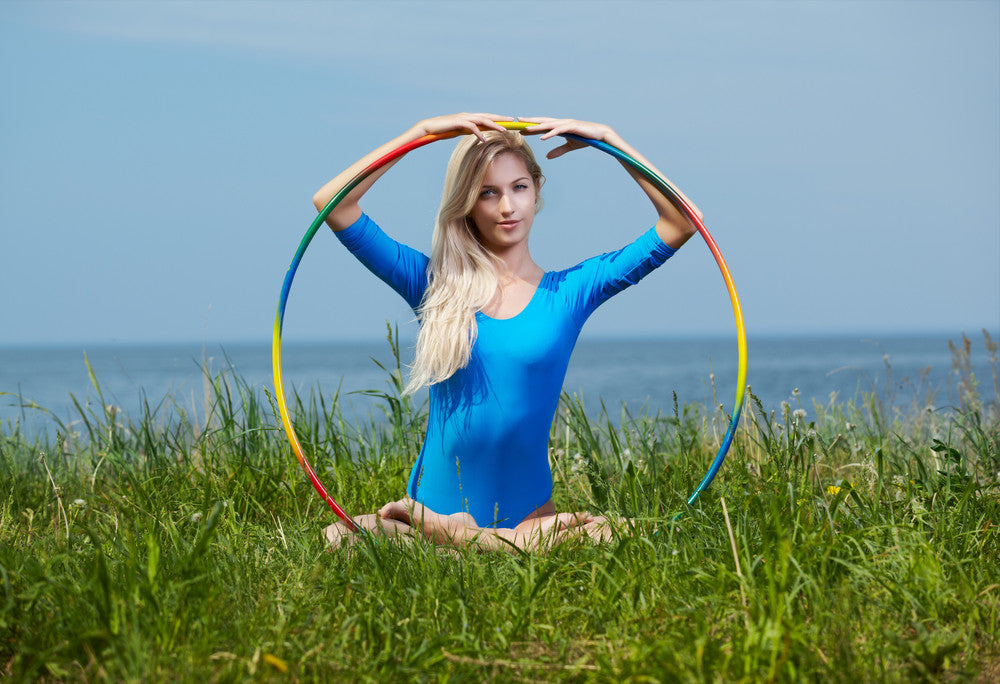
8 Reasons to Start a Hoola Hoop Workout in 2017
For many individuals who aren’t accustomed to a regular fitness routine, exercise is intimidating. What if you look ridiculous? You aren’t even sure what an elliptical even looks like--let alone h...
Read more